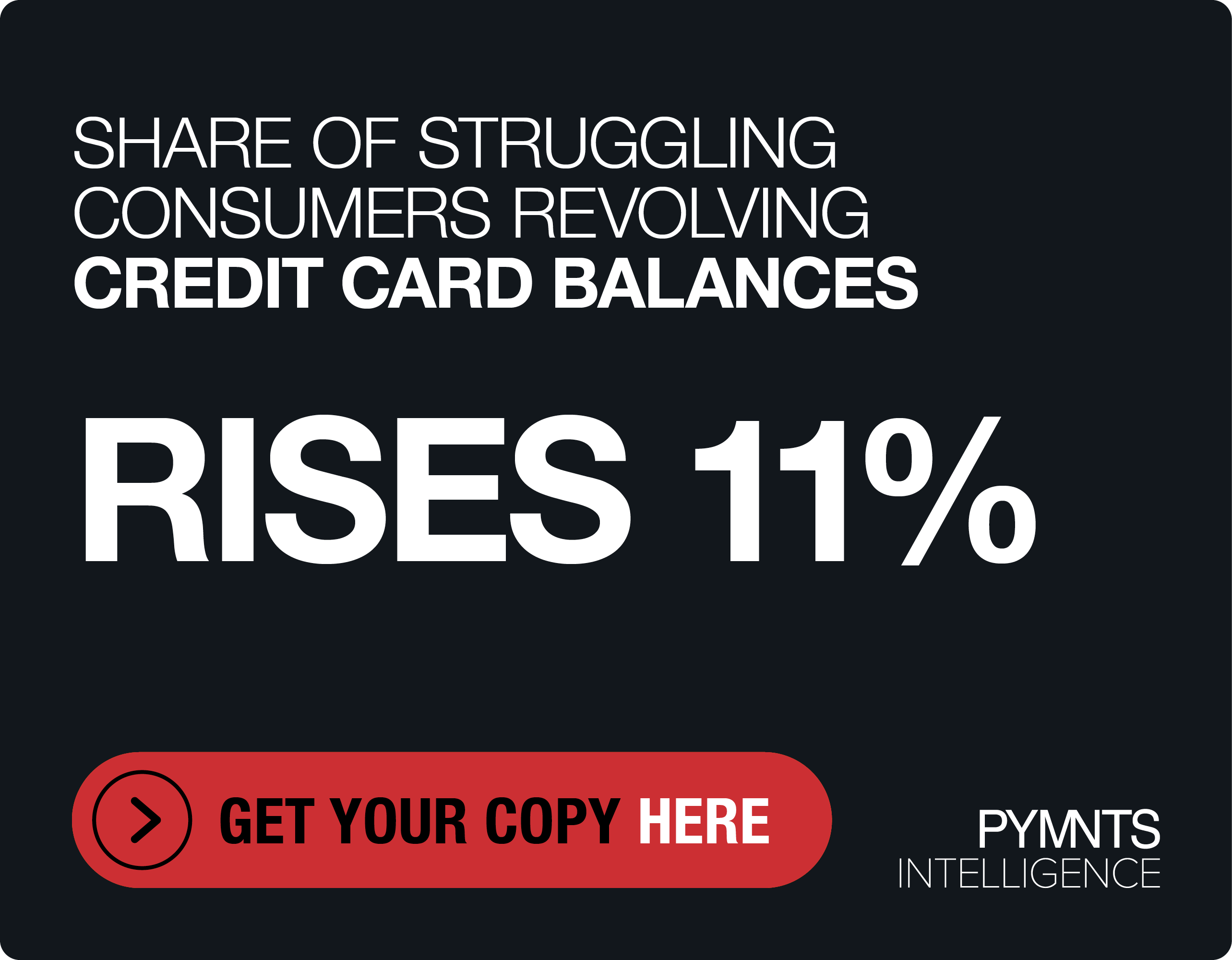New PYMNTS Data Show Voice-Enabled Commerce Is A Business Winner For 40 Pct Of Consumers

When it comes to making payments, moving money and the voice-activated devices that can facilitate those verbal transactions, the people have spoken. Or … at least they would like to.
We mean that literally.
Recent PYMNTS research found that, across nearly 3,000 consumers, more than 41 percent would be more likely to do business with a company that would let them use voice commands to manage money or payments.
More than 39 percent would bring their business to a company enabling them to use their voice to transfer money.

Roughly a third of all consumers surveyed would be classified as individuals that are part of the “connected home” economy; about a third of consumers, too, are defined as “super-connected” consumers, who have as many as half a dozen devices in hand. Break that down a bit, and just under 30 percent of all consumers have voice-connected assistants such as Amazon Alexa or Google Assistant. That’s a measurement made as recently as June and is up from 26 percent earlier this year. The implication is that more of these consumers use these devices more often and buy more of them to have around, in place and at the ready.
Broadly speaking (no pun intended), those data points show that there’s an overall familiarity with voice-enabled tech and how it fits in with the continuum of technological aids — smartphones, connected cars and other offerings among them — that can be part of a toolkit of getting things done.
The fact that such a significant percentage of consumers are “more likely” to business with those firms offering voice-controlled options signals that voice command capabilities are shaping up to be a competitive advantage.
Drilling into the data a bit, we find that the younger generations are more inclined to gravitate toward those firms that offer voice assistance features. As seen in the chart below, Generation X and “bridge” millennials (and millennials in general) are among the most notable demographics willing to do business in this way. That’s especially apparent with the bridge millennials and millennials, at roughly two-thirds of those segments, who would use those commands to transfer money or manage money/payments.

The banks and merchants that embed such functionality into their processes would encourage relatively well-off consumers to spend more (possibly). More than half of respondents who make more than $100,000 annually would do more business with firms that provided voice features tied to money movement and payments; that percentage falls off to about 40 percent for those consumers making between $50,000 to $100,000. Only about a quarter of respondents with incomes under $50,000 would be so inclined. Logic follows that the relatively wealthier segments would have more money to “move around,” — in investment accounts and the like — and would gravitate toward voice commands to do so.
See also: Voice Makes Itself Increasingly Heard In The Bring-It-To-Me Economy
